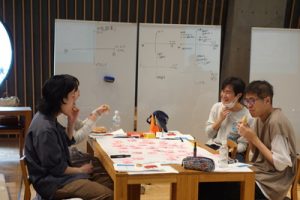Let’s experience ”Design Thinking”, which can be said to be the global standard for “a way of thinking that creates innovation,” by starting with learning the process.
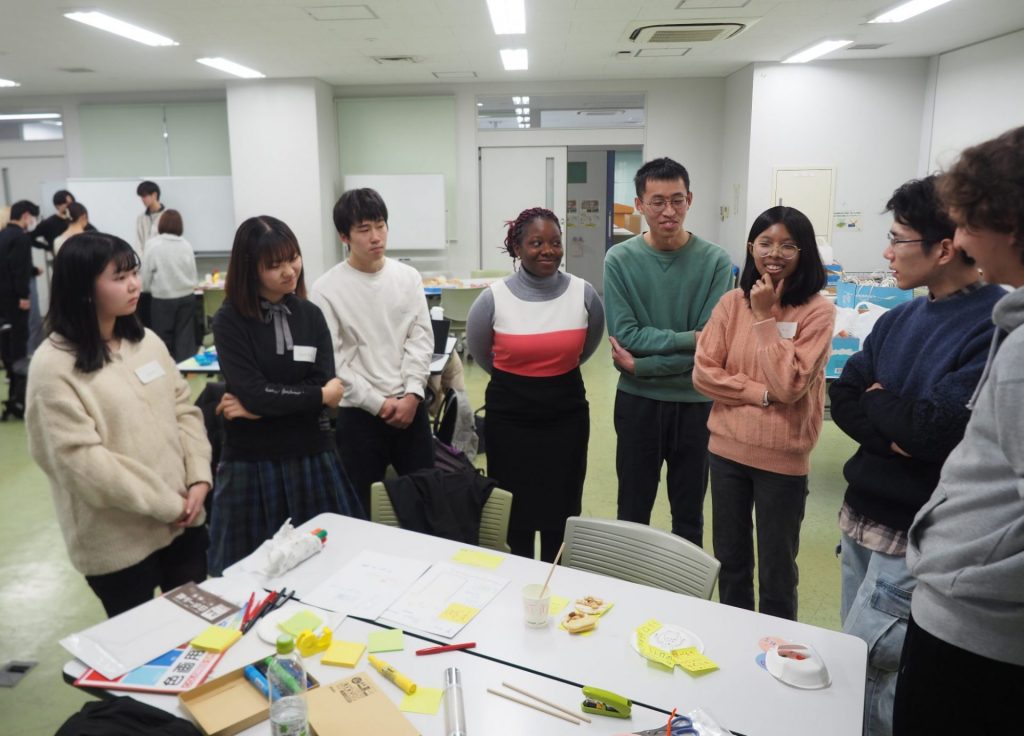
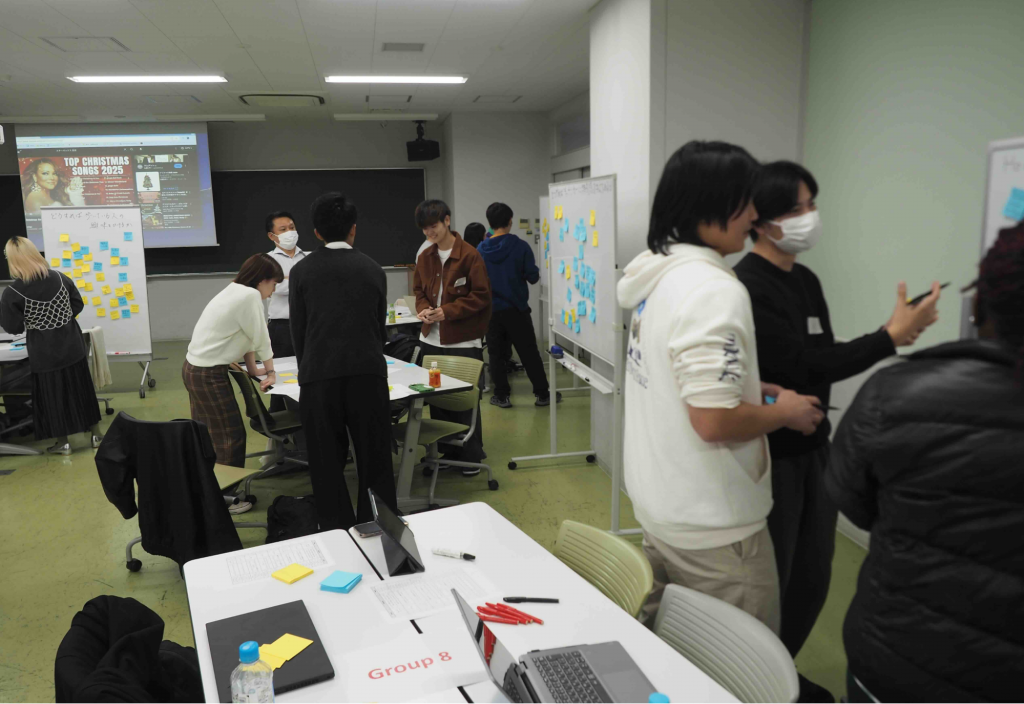
Overview
- This is the perfect event to experience ”Design Thinking” for the first time, even if you are familiar with the term but are wondering how to put it into practice.
- Many start-ups and large corporations, including Google and Apple, have adopted it as a basic approach when developing new products and services.
- By experiencing the basics of Design Thinking through its five distinctive steps: empathy, problem definition, creation (conceptualization), prototyping, and testing, you will experience and practice the concepts of Creative Confidence and User Centricity.
- Since you will work in groups with a diverse range of participants regardless of year or major, you can also use it to build new networks.
| 📂 Category | Innovation |
| 📌 Keywords | Empathy, Issue Identification, Idea, Prototype, Test |
| 🎯 Objectives | – You can experience “Design Thinking,” which can be said to be the global standard for “ways of thinking that create innovation.” – You can understand the concepts of creative confidence and user centricity. – You can master the fundamental mindset of entrepreneurship. |
| 🌐 Language | Japanese (English support available) |
| 👥 Target Participants | Undergraduate students (priority), Graduate Students |
| 🗓 Format | 3 sessions(100-minute each, in-person) |
| ✅ Past & Upcoming Sessions | #1 Tuesday, July 8, 2025, 17:15-18:55 #2 Tuesday, July 15, 2025, 17:15-18:55 #3 Tuesday, July 22, 2025, 17:15-18:55 Held annually since FY2024 |
| 📍 Venue | S4-202, Ookayama |
| 🌟 Recommended for | – Students who want to experience “design thinking” – Students who want to develop new value – Students who are interested in entrepreneurship and leadership – Students who are interested in starting a business – Students who want to go into business (corporate activities) in the future |
| 📊 Points | 6 points in total (2 points x 3) (Points to be awarded to students enrolled in the courses for credits. Please refer to the syllabus for details.) |
| 🎟️ Capacity | 40 participants |
Main Content
Day 1: What Design Thinking, Empathy (Lecture & Exercise) and Define (Lecture & Exercise)
Day 2: Ideate (Lecture & Exercise) and Prototype (Lecture & Exercise)
Day 3: Test (Lecture & Exercise), Final presentation and Reflection
Facilitator
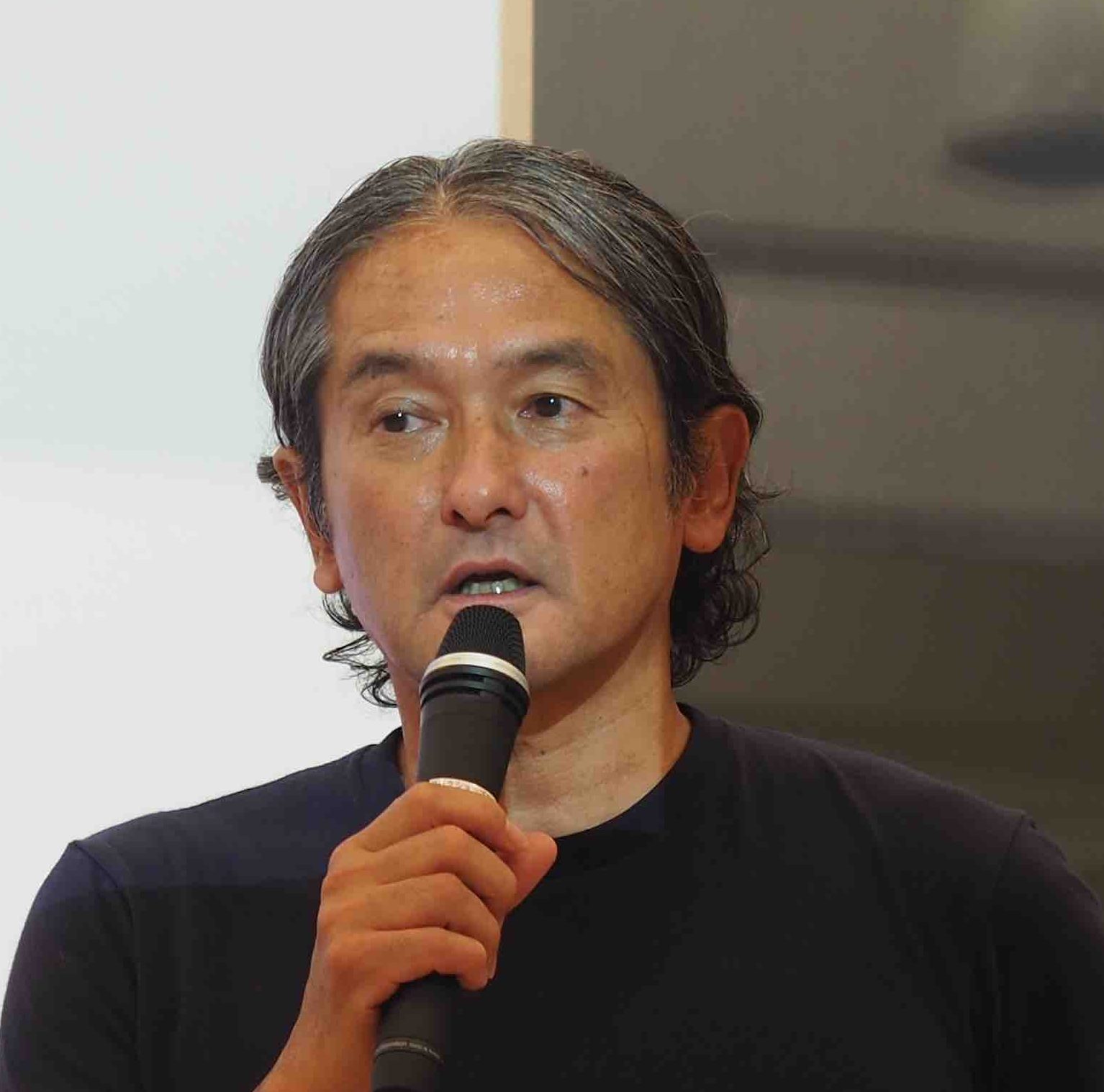
Yutaka Iimori
After gaining experience in oversea IT industry, he moved to Silicon Valley in the United States in 1999. He participated in the founding of a startup (now Google) in the early days of the Internet. After working for a foreign marketing company, he went independent.
• Graduated with a Master’s degree in System Design and Management (SDM) from Keio University Graduate School
• Graduated with a Master’s degree from Keio University Graduate School of Media and Governance
• Completed the University of Tokyo Innovation Education Program i.school
• Researcher at Graduate School of System Design and Management, Keio University
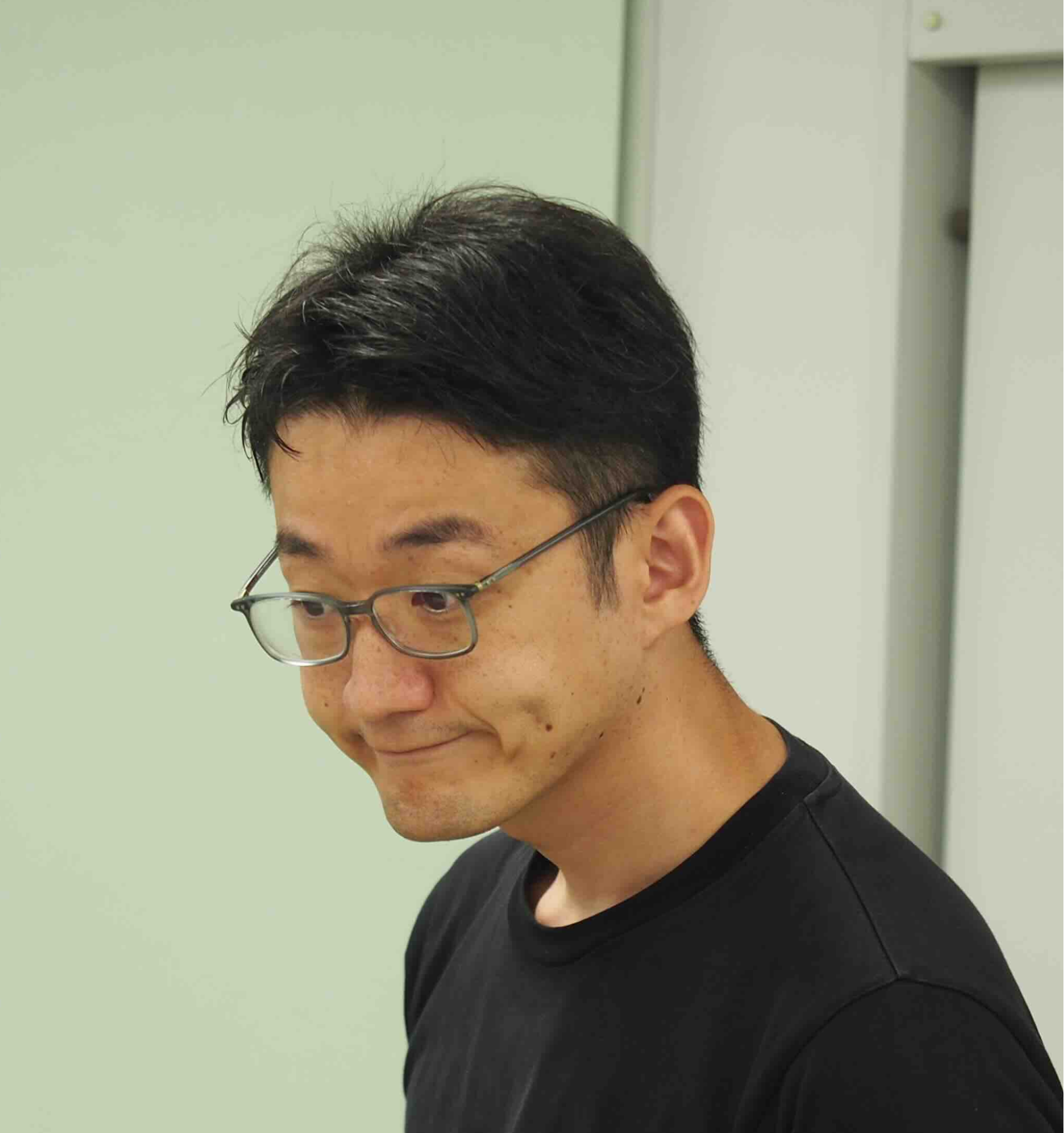
Kazuya Sawai
Born in 1986. After graduating in 2011, he worked for the manufacturing industry as a mechanical design engineer. Since 2021, he has been managing the entire business, mainly in the web marketing/CX area, as the business division manager of the EC apparel business.
He went independent to update the creativity of both companies and educational fields. He currently works as a freelancer, designing and facilitating workshops to create innovation.
• Graduate School of Science and Engineering, Keio University, Master’s Degree (Engineering)
• Graduate School of System Design and Management, Keio University, Master’s Degree (SDM)
• Researcher at the System Design and Management Institute, Keio University
Past Event Records
Voices from Participants
- It was fun to talk to so many different people. It was interesting to see how the ideas I had vaguely assumed would work in a certain way were put together and put into words, making them more organized.(D2)
- I would advise every student at Tokyo Tech to take this workshop because the content and processes go beyond just product design. They can be applied in our daily lives and in every other aspect of life. (M1)
- I found the idea of trying to create a prototype as soon as possible to be useful in research and study. (B2)
Event Report
Contact Faculty
Keisuke Yamada, Specially Appointed Professor, Academy for Leadership
📩 yamada.k.9f82 [at] m.isct.ac.jp

